How Does Sofa Manufacturer Make Wooden Sofa Frame?
 May 06,2025
May 06,2025

 Topmax Furniture
Topmax Furniture
The main processes of sofa frame production include material selection, material matching, material cutting, material planing, frame assembly, and polishing. During processing, the sofa manufacturer must strictly follow the requirements of each process to ensure the quality of frame production.
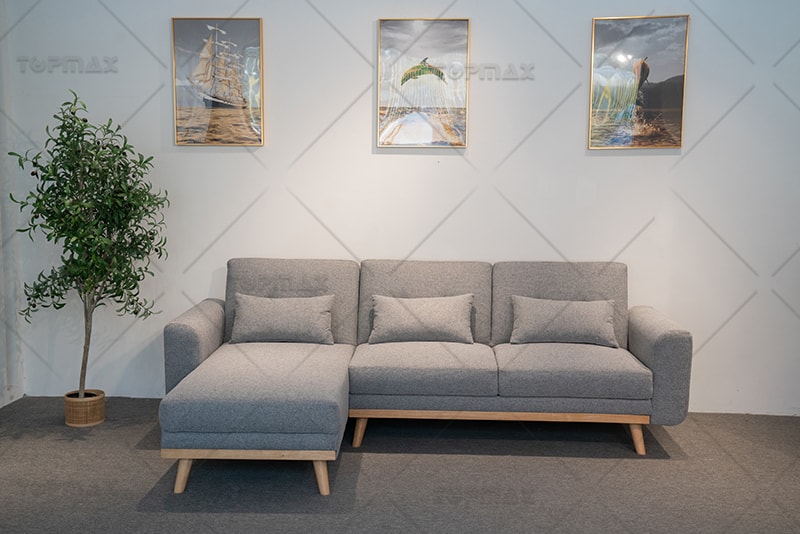
I. Material preparation
Material selection
When selecting materials, the sofa manufacturer should select wooden materials according to the design standards of the sofa. For exposed parts, solid wood materials with beautiful texture and good texture should be selected. Wood with defects such as knots should be arranged in an invisible position; for parts with greater force, hard wood and good elasticity should be selected; for curved parts, try to use curved wood that matches them; when choosing artificial boards, ensure that they have sufficient strength and nail holding power. In short, try to make full use of and save materials while ensuring quality.
Material matching
Generally, the materials for the longer, larger and main parts of the frame are matched first, and then the materials for the shorter, smaller and secondary parts are matched. When sawing, a certain amount of processing allowance should be left in the material to avoid waste caused by too short. In general, the machining allowance of the length of the component should be about 10mm more than the design size, and the machining allowance of the width and thickness should be relaxed and thickened by about 5mm according to the design size.
Cutting
When cutting solid wood, straight wood can be cut and processed on a circular saw; if there is a bent part but there is no suitable bending wood, the bent part can be directly sawed, or square wood bending or gluing bending can be used to make it. In actual production, bent parts are often sawed by joinery band saws, but the wood utilization rate is low, and the fibers of the material will be cut, resulting in reduced strength of the processed parts; in addition, the fiber ends are exposed to the outside, and the milling quality and decoration quality are relatively poor. The gluing bending of square wood can overcome the above shortcomings and is widely used. When gluing and bending, the grade of the core layer material is lower than that of the surface layer material, and it can be made into complex curved parts, and can also be bent in multiple directions. The shape stability is relatively good, the production process is relatively simple, the operation is easy, and high-quality wood can be saved.
When cutting artificial boards, sofa manufacturer should first make a sample mold for layout, then place the sample mold on the artificial boards to draw lines, and then use equipment such as aluminum machines to cut materials according to the drawn lines.
Planing
Some sofas use exposed solid wood frames, so the surface must be smooth and flat. Many frames are rectangular wood, so sofa manufacturers can process them by planing, planing along the direction of the wood grain. After planing, some outer frames need to be processed into some forming grooves, tenons, mortises, patterns, etc., and milling machines, engraving machines, and tenoning machines can be used accordingly for processing, and finally polished smooth.

Frame nailing
Solid wood sofa frame nailing
The solid wood frame structure of the sofa is assembled by multiple parts in different forms and certain joints. Most of them are joined by wood screws and round nails, and the main load-bearing parts are joined by tenons.
1) Upper crossbar on the backrest.
It is mainly used for head and neck pillows and soft materials, making the upper part of the sofa flat and soft. Generally, it should be 20~30mm lower than the top of the backrest side uprights, with a thickness of 20~30mm, and the width should be determined according to the width of the upper end of the backrest side uprights. If the sofa backrest has an arc, the upper crossbar of the backrest should also have an arc.
2) Backrest side uprights.
It is mainly used to connect the seat frame and play a supporting and shaping role. The shape should be determined according to the shape of the side of the sofa. The thickness of the side uprights is generally 20~25mm, and the width is determined according to the shape of the back side. The top to the armrest should be chamfered so that it can be reinforced with nails during wrapping. There are many styles of backrests.
3) Backrest middle crossbar.
It is mainly used to assemble the backrest and support and fix auxiliary materials such as springs and sponges. Its thickness is generally 20~25mm, and it is usually indented 5~10mm behind the backrest side uprights.
4) Armrest upper. It is mainly used to connect the front and rear pillars of the armrest, and place foam plastics or springs to make the armrest full and elastic after covering, so that it is convenient to let go. The thickness of the upper armrest of a general sofa is 20~25mm, and the width is prepared according to the width of the armrest pillar. If foam plastics are placed on the upper armrest, it needs to be about 20mm lower than the top of the armrest pillar; if a coil spring is placed on it, it needs to be 50~60mm lower than the top of the armrest pillar.
5) Armrest rear pillar.
It is mainly used to connect the lower end of the seat frame and the side uprights of the backrest, and to shape the armrest. The shape of the armrest rear pillar should be determined according to the shape of the armrest. A 10mmx40mm gap needs to be opened on the inner side of the armrest rear pillar (where it connects with the side uprights of the backrest) to cover the armrest.
6) Armrest plug post.
When wrapping the sofa armrest, it is used to tighten the linen, fabric and nail, etc., also known as the nail cloth post. The size is generally 20mm×30mm. It is located between the upper armrest and the lower armrest, and is flush with the inner edge of the upper armrest and the lower armrest, and is 20~30mm forward of the side uprights of the backrest.
7) External armrest upper bar.
It mainly plays the role of arching to ensure the structure of the armrest. Generally, a wooden square of about 30mm is used, and the length is the same as the armrest board.
8) External armrest lower bar.
It is mainly used to nail the inner and outer armrest fabrics. Generally, a wooden square of 20~30mm is used, and the length is the same as the outer armrest upper bar.
9) Lower armrest bar.
It is mainly used to stretch the linen and fabrics and nail them together. It must be flush with the inner bar of the front column of the armrest and 10mm away from the edge of the rear column of the armrest. The height of the lower horizontal bar of the armrest should be 50~0mm lower than the height of the wrapped seat. Generally, a wooden square of 25~30mm is used, and its length is equal to the armrest board.
10) Sofa seat frame.
Used to bear the load, the main components are installed on the seat frame to form the whole sofa. It consists of the side view board and the rear view board, and sometimes connected with the feet as a whole. If the seat frame adopts a spring fixed plate structure, it should be assembled together with the seat frame; if it is a bandage structure, the seat frame is an umbrella frame. The sofa base structure is generally divided into the following four categories.
Full soft edge base: The sofa base uses springs as the main elastic material, and the front and left and right sides are supported by coils and spring edge wires. The base and frame are completely soft and can rebound.
Semi-soft edge base: The frame on the front of the sofa base is supported by coil springs and edge wires. This kind of sofa is very soft to sit on. Soft-edge sofas that use coil springs as the base mostly use this structure.
Hard edge base: The frame of the base is all surrounded by wooden boards, and coil springs or snakes are added in the middle of the base. Such a base frame is all hard edge.
Fully hard base: This type of sofa base does not use springs. A wooden board is added to the frame, and a layer of foam plastic or other filler is wrapped on the board. It can also be made into a movable cushion and placed on the base.
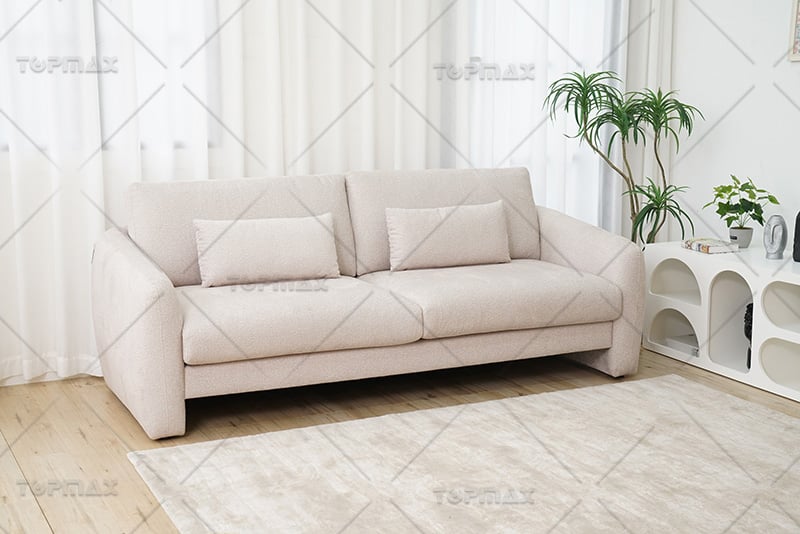
11) Sofa feet.
There are many forms of sofa feet. Some are fastened to the sofa base frame with wood screws in the form of brackets; some are directly connected to the sofa base frame in the form of mortise and tenon structures; some are fixed to the sofa base frame with casters. The diameter or side length of the wooden feet is generally about 50mm.
12) Base spring fixing block.
It is used to install springs, and generally 25mm×50mm wood is selected. The base spring fixing block should be selected from wood without knots and wormholes because of the large force. The base spring fixing block can be connected to the base frame in the form of mortise and tenon structures, or a strip can be attached to the base frame, and the base spring fixing block can be nailed to the strip.
13) Front column of the armrest.
Like the rear column of the armrest, it is used to determine the structure of the sofa armrest, and there are many styles. The thickness is generally 20~30mm, and the material of the front column head with a special shape should be thicker. Generally, the width of the front column head of the armrest should be 50~60mm narrower than the width of the wrapped armrest, and the edges should be chamfered on the corners.
14) The lower crossbar of the backrest.
It is mainly used to make the linen and fabric bear the nail joint when they are tightened. Under normal circumstances, the material of a single sofa is 25~30mm, and the material of a double and three-seater sofa should be increased. The installation height of the lower crossbar of the backrest should be 30~40mm lower than the wrapped seat height. If the backrest of the sofa is arc-shaped and the upper crossbar of the backrest has an arc, then the lower crossbar of the backrest should also have a corresponding arc.
Nailed sofa frame combining artificial board and solid wood
At present, the internal structural frame of the sofa is often made by combining artificial board and solid wood. In the structural frame, the artificial board mainly plays a shaping role, while the solid wood material mainly plays a role in stabilizing the structural strength. The sofa structural frame mainly consists of three parts: the backrest frame, the base frame, and the armrest frame. During production, according to the design requirements and process requirements, these three parts can be cut as a whole or made separately.
In the structural frame of the split sofa, the armrest frame is separated from the backrest frame and the bottom frame. The artificial board is a multi-layer board with a thickness of 9~18mm. The components are nailed together with a nail gun, and the interface is generally reinforced with wooden plugs. Since the ingredients, cutting and nailing of the frame materials are carried out simultaneously, as long as the sofa manufacturer is accurate in ingredients and cutting, the nailing efficiency will be greatly improved.
(1) Backrest frame
The backrest frame is mainly composed of multi-layer boards such as the backrest upper panel, backrest side panels, backrest ear panels, and solid wood strips such as the backrest front and rear cross bars, backrest middle support, backrest diagonal support, and backrest longitudinal support.
1) Backrest upper panel
It is mainly used for the top shape of the sofa backrest, connecting the vertical panels on both sides of the backrest and placing soft materials. The thickness is generally 9~18mm.
2) Side uprights of backrest
Mainly used for the side shaping of sofa backrest, connecting the upper backrest board and the base frame, etc. Its shape depends on the shape of the side of the backrest, and the thickness is generally 9~18mm.
3) Ears of backrest
Mainly used for the shaping of sofa backrest, forming ear frames, connected to the upper backrest board and the side backrest board. The ear frame is generally composed of the front ear plate and the back ear plate of the backrest, which are connected by gun nails with solid wood strips in the middle. When assembling, the front ear plate and the rear ear plate of the backrest should be aligned with the two edges of the side backrest board respectively.
The combination of the ear frame of the backrest and the backrest is shown in the figure below.

Front View of Backrest

Ear Frame Side View
4) Front and rear crossbars of backrest
Mainly used to connect two side backrest boards to increase the strength and stability of the backrest structure. The cross-sectional size of the square material is generally 20mm×30mm (or 30mm×40mm), and the length depends on the length of the sofa. The rear crossbar of the backrest is mainly used to form the backrest frame to enhance the structural strength, while the front lower crossbar of the backrest fixes the end of the snake spring while enhancing the structural strength of the frame.
5) Backrest middle support
Mainly connects and supports the backrest frame in the vertical direction. The cross-sectional size of the square material is generally 20mmx30mm, and the length is determined according to the height of the different connection parts of the backrest.
6) Backrest diagonal support
Mainly plays a role in stability. When nailing, it should be parallel to the oblique sides of the two backrest side vertical boards, and the two ends are fixed to the backrest upper view board and the front lower cross bar of the backrest.
(2) Seat frame
The internal structural frame of the seat frame is mainly composed of the front seat view board, the side seat view board, the rear seat cross bar, the seat diagonal support, the seat longitudinal bar, the front seat cross bar and the side seat longitudinal bar.
1) Front seat view board
The two ends are connected to the side seat view board respectively, and the connection parts are reinforced with wooden plugs.
2) Side seat view board
The two ends are connected to the side backrest vertical board and the front seat view board respectively, and they should be aligned with the ends of the front seat view board.
3) Seat rear crossbar
The two ends are connected to the seat side lookout board, 5~10mm away from the upper edge of the seat side lookout board, and reinforced with a seat diagonal brace in the middle.
4) Seat front crossbar
Fixed to the inner side of the seat front lookout board, usually two pieces, upper and lower, to enhance the strength and stability of the seat front lookout board. The upper and lower crossbars should be flush with the upper and lower edges of the seat front lookout board.
5) Seat side vertical bar
Fixed to the inner side of the seat side lookout board, usually two pieces, upper and lower.
6) Seat diagonal brace
The two ends are connected to the seat rear crossbar and the seat vertical bar, respectively, to stabilize the seat frame.
7) Seat vertical bar
The front end is fixed to the seat front crossbar, and the rear end is connected to the rear bar at the bottom of the sofa seat frame along the middle support of the backrest, and reinforces the lookout board in the middle of the seat frame.
(3) Armrest frame
The armrest internal structure frame is mainly composed of armrest column plate, armrest upper bracket, armrest crossbar, etc. The armrest column plate is mainly made of flat sofa armrests, and is generally made of multi-layer boards with a thickness of 18mm. The upper armrest is used to connect the front and rear armrest column plates, and to place soft materials to increase the comfort of hand placement. The armrest crossbar is used to connect the front and rear armrest column plates, and is nailed to the edge of the armrest upper plate, 5~10mm away from the edge.
 Inquire Now
Inquire Now



 Home
Home The Production Process of Sofa Cushion - Sofa Supplier
The Production Process of Sofa Cushion - Sofa Supplier  You May Also Like
You May Also Like 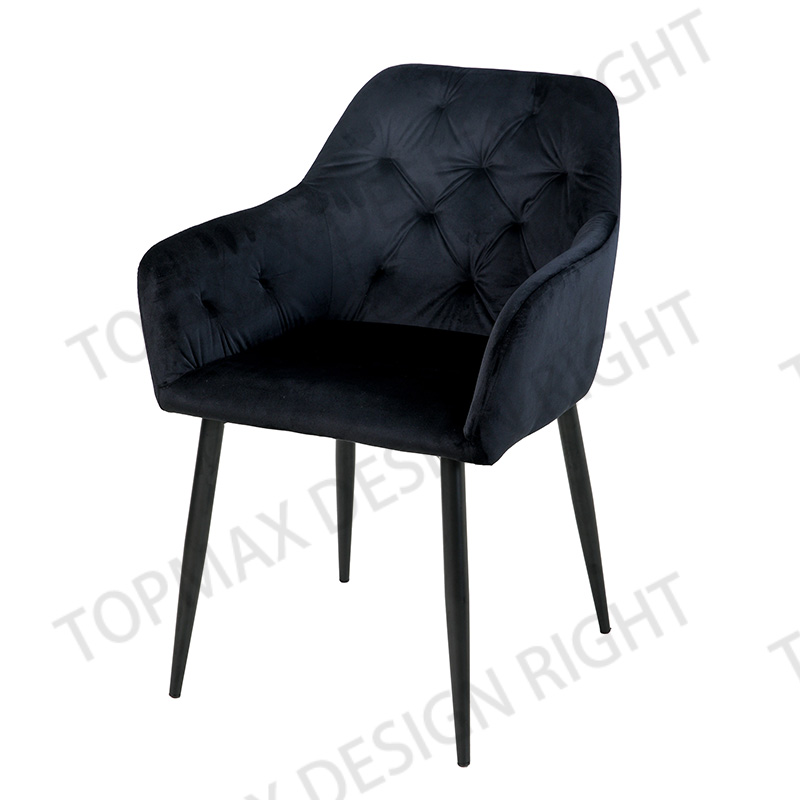

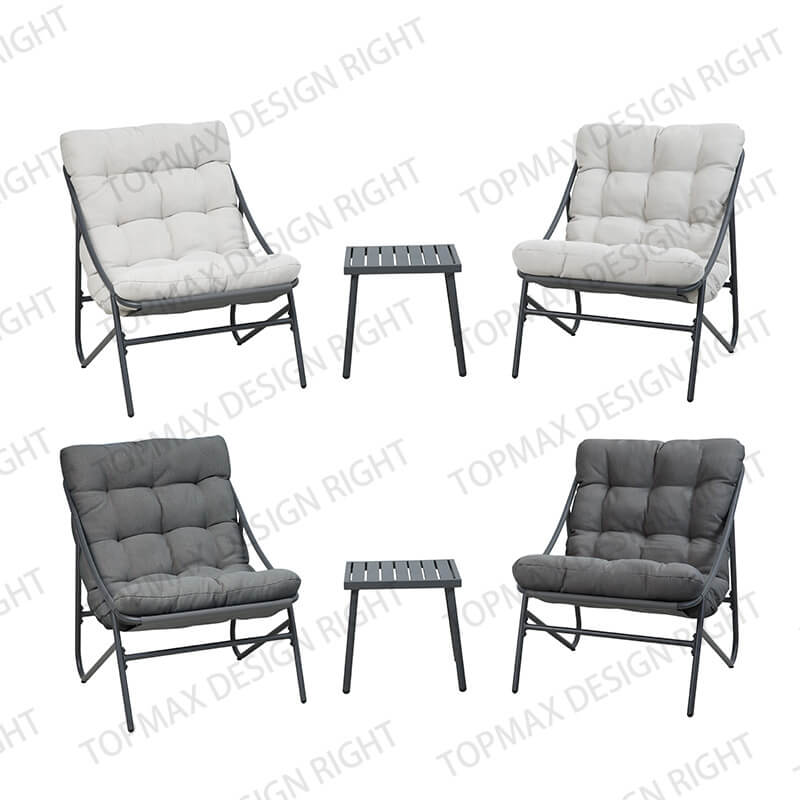
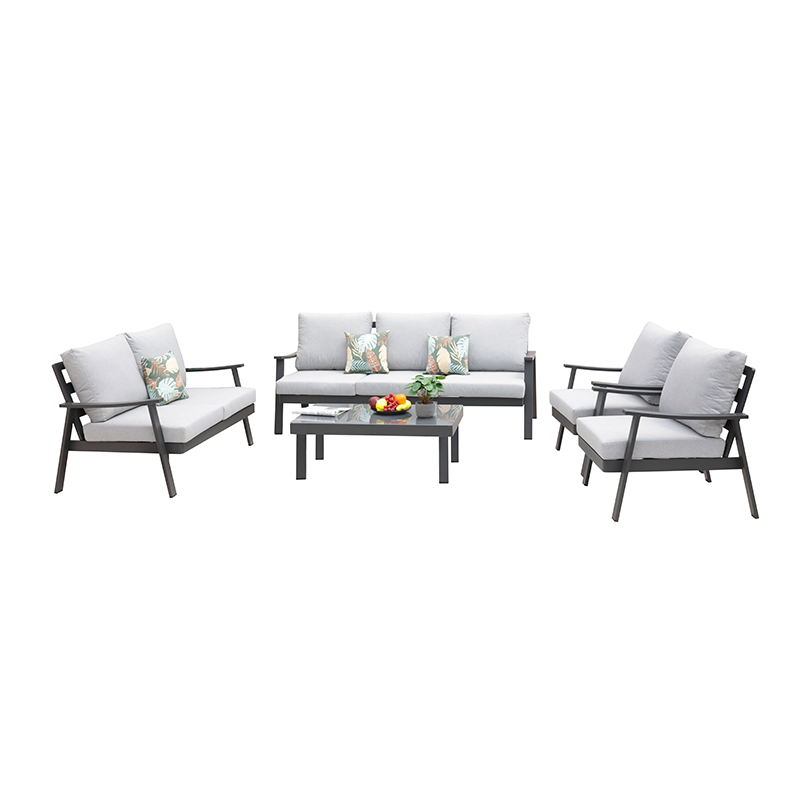

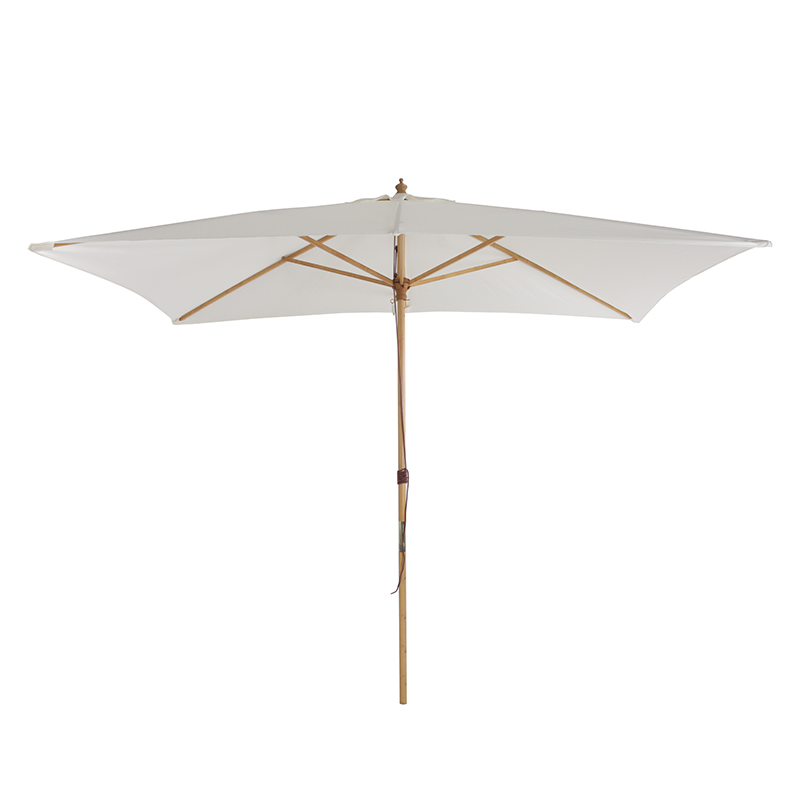
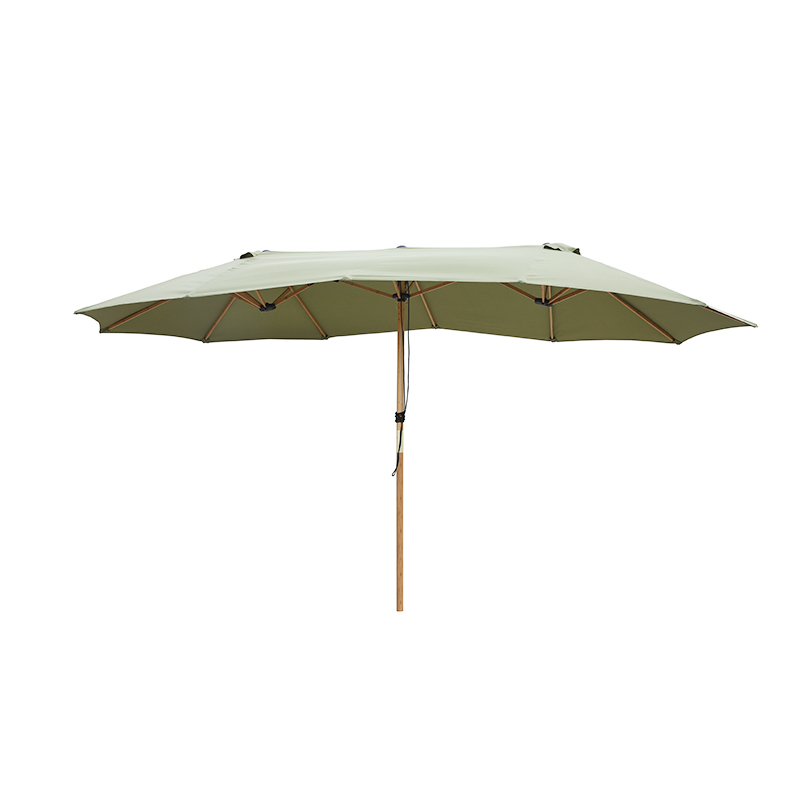
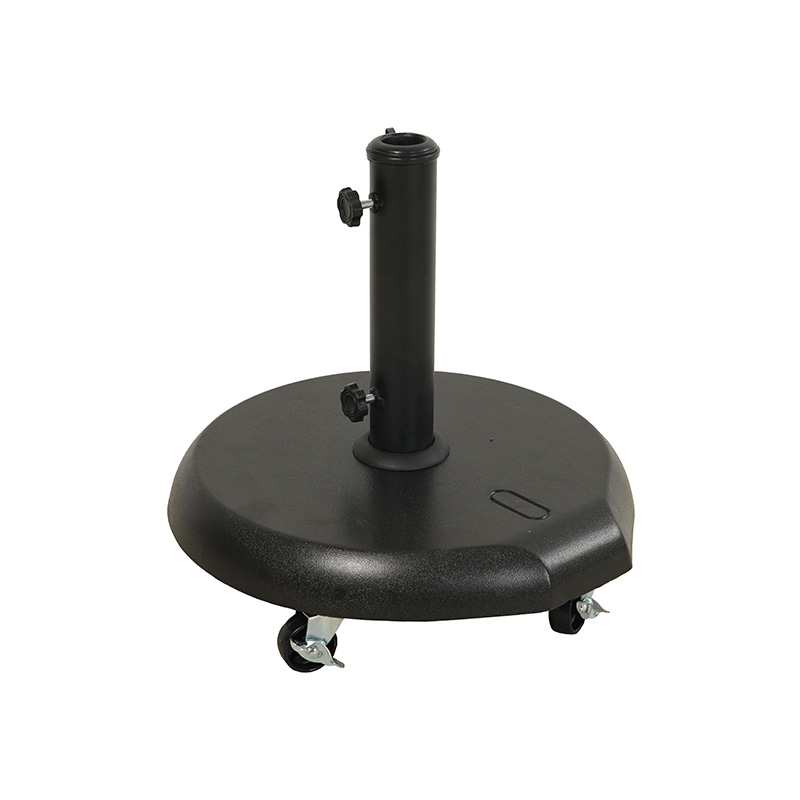
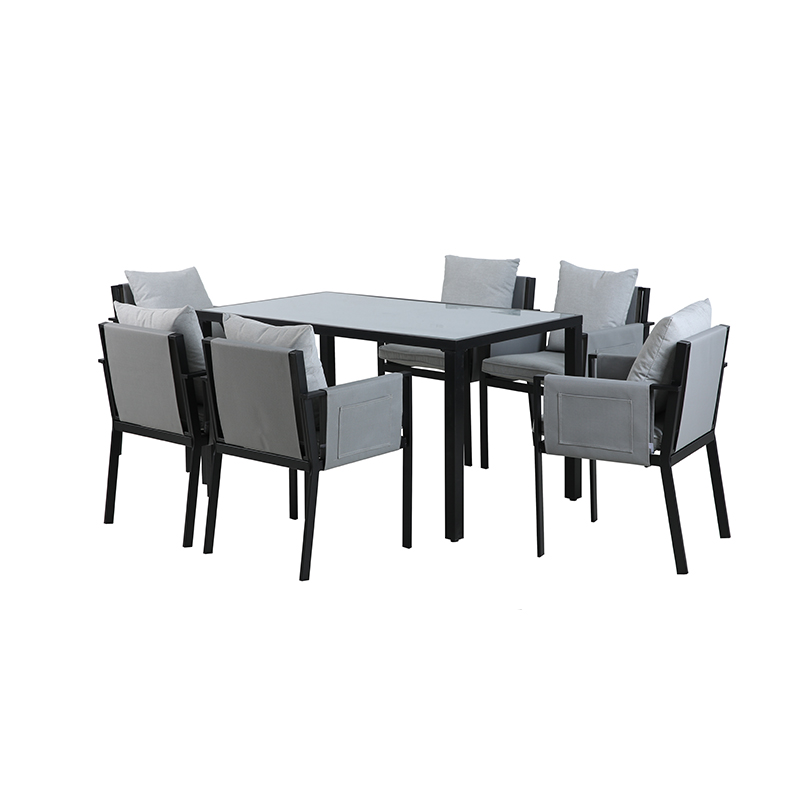
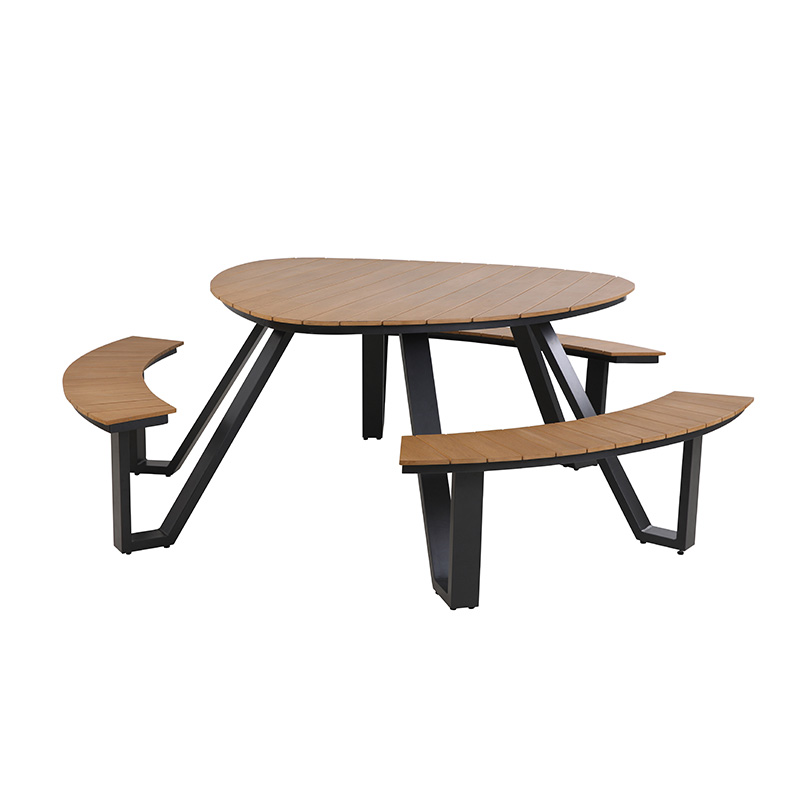
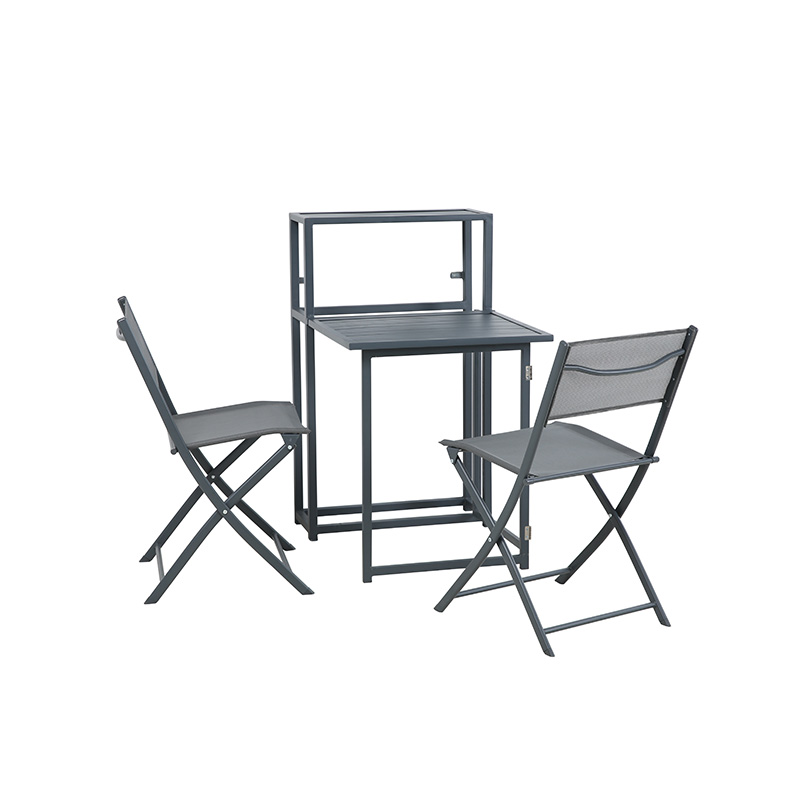
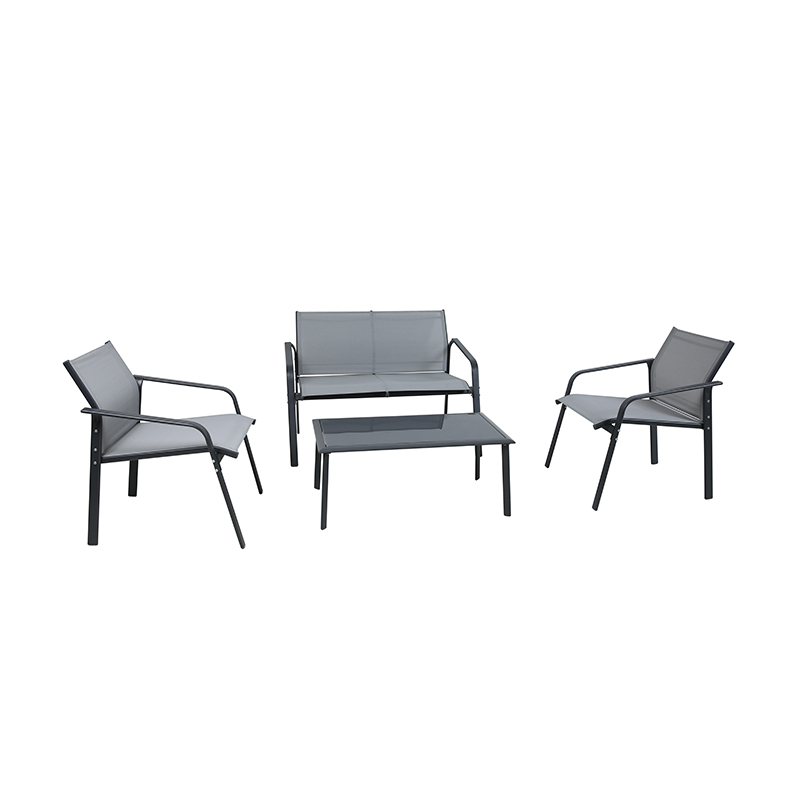
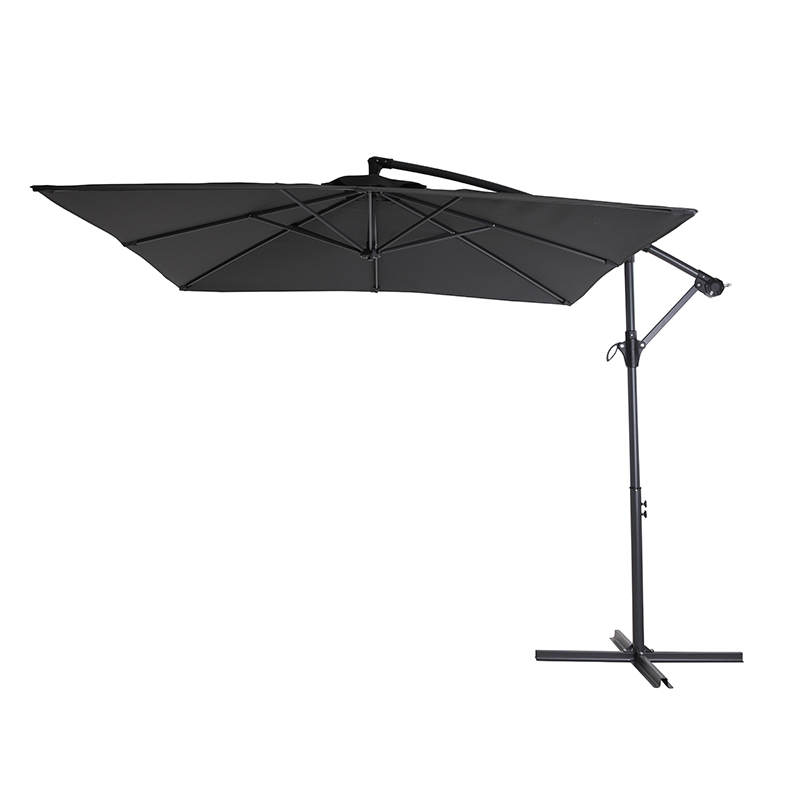
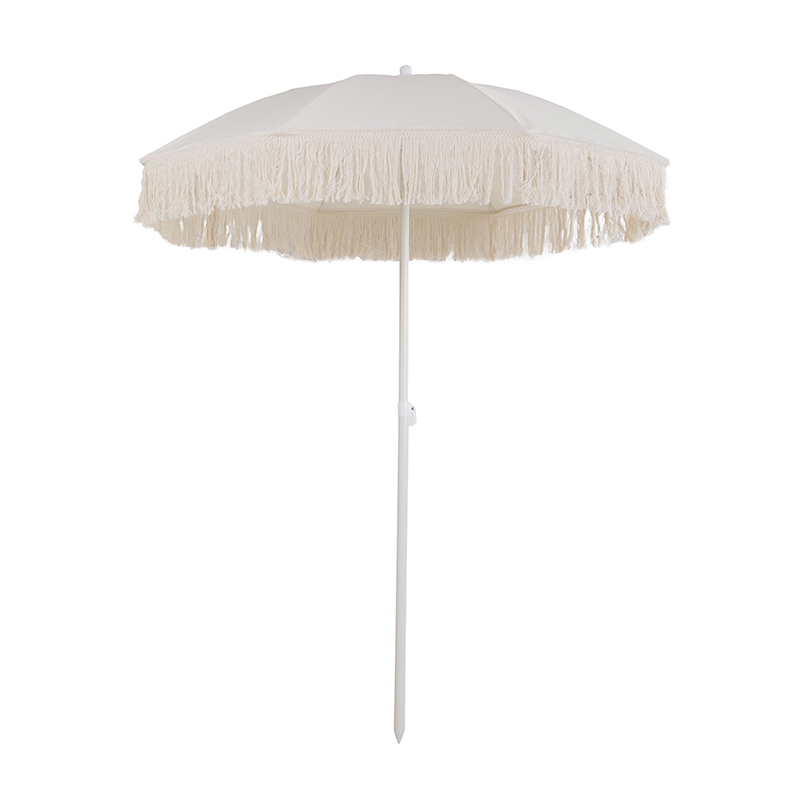
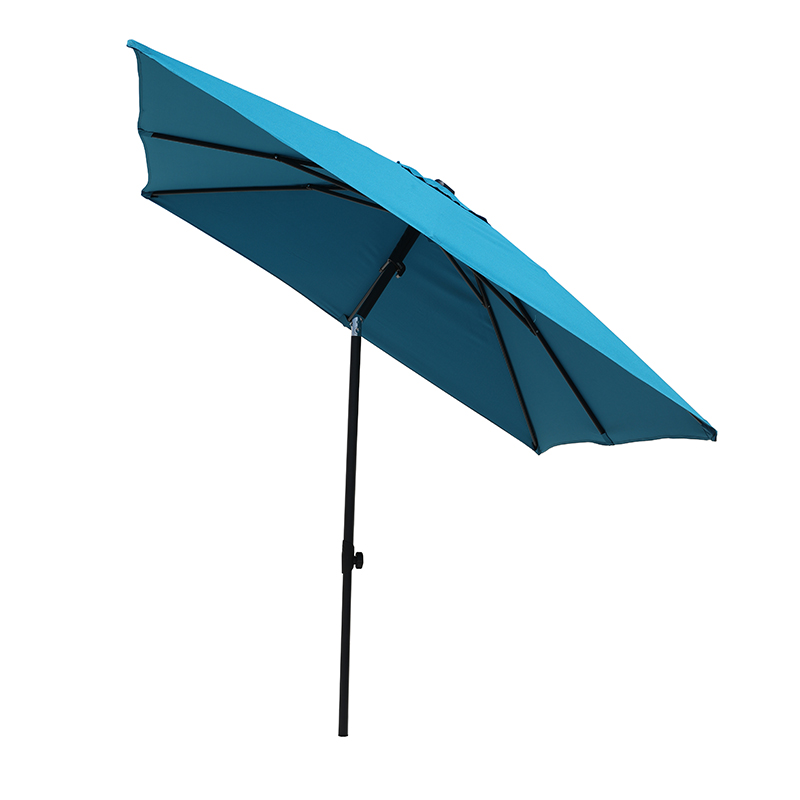
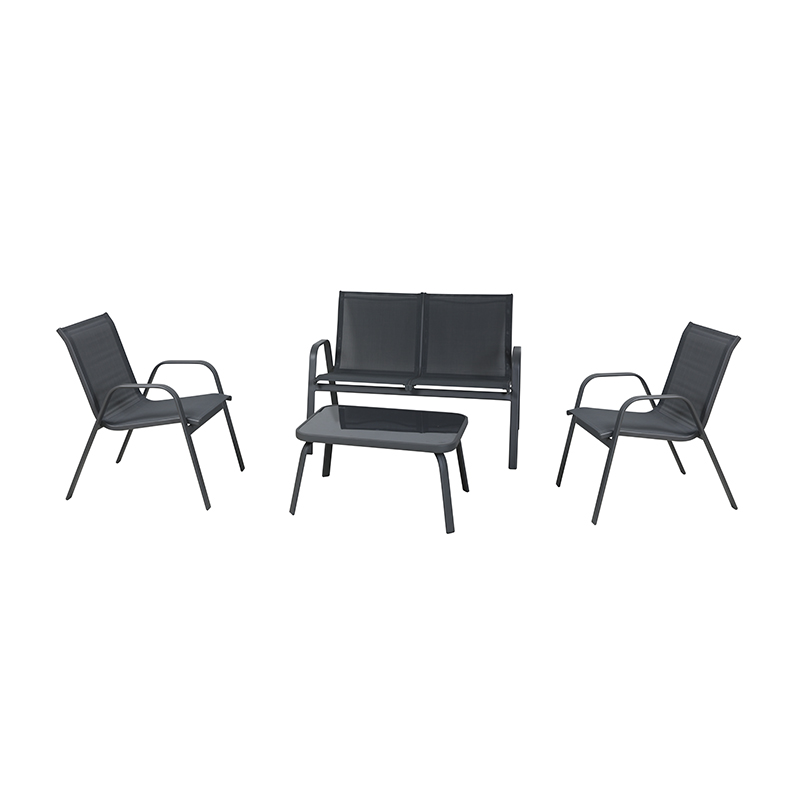
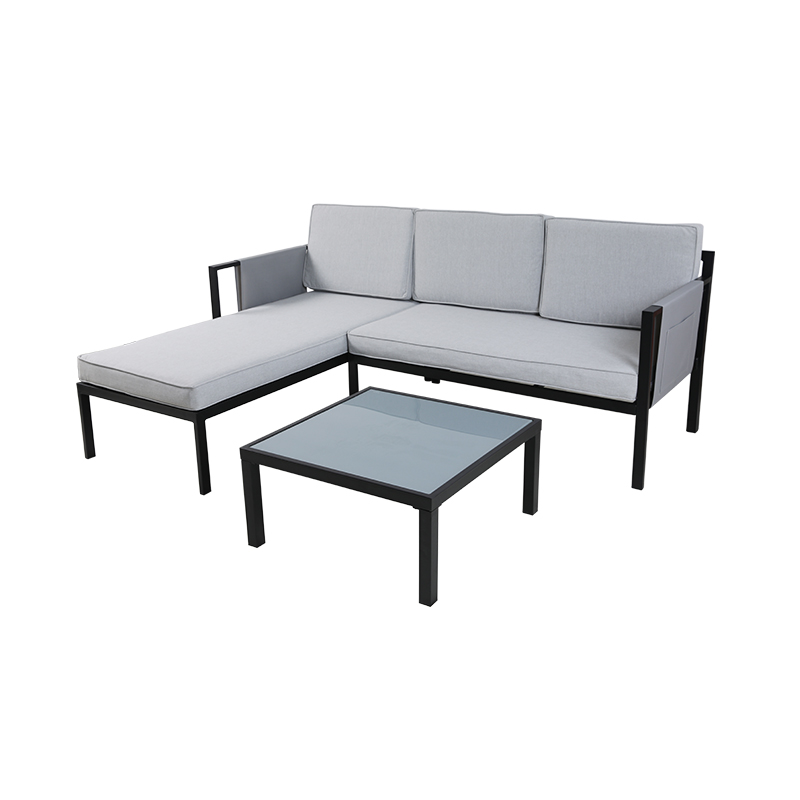
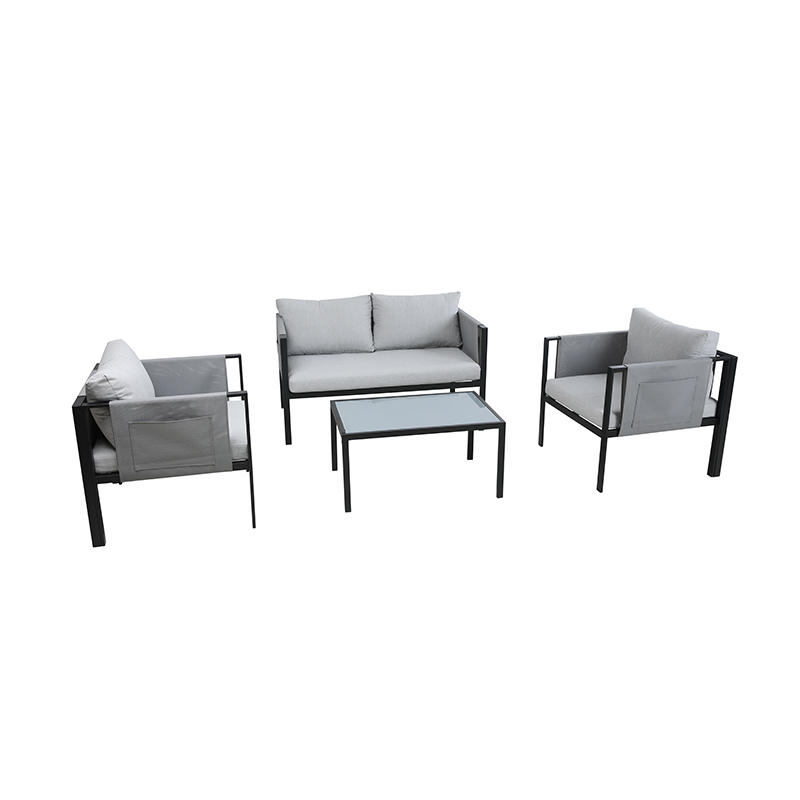


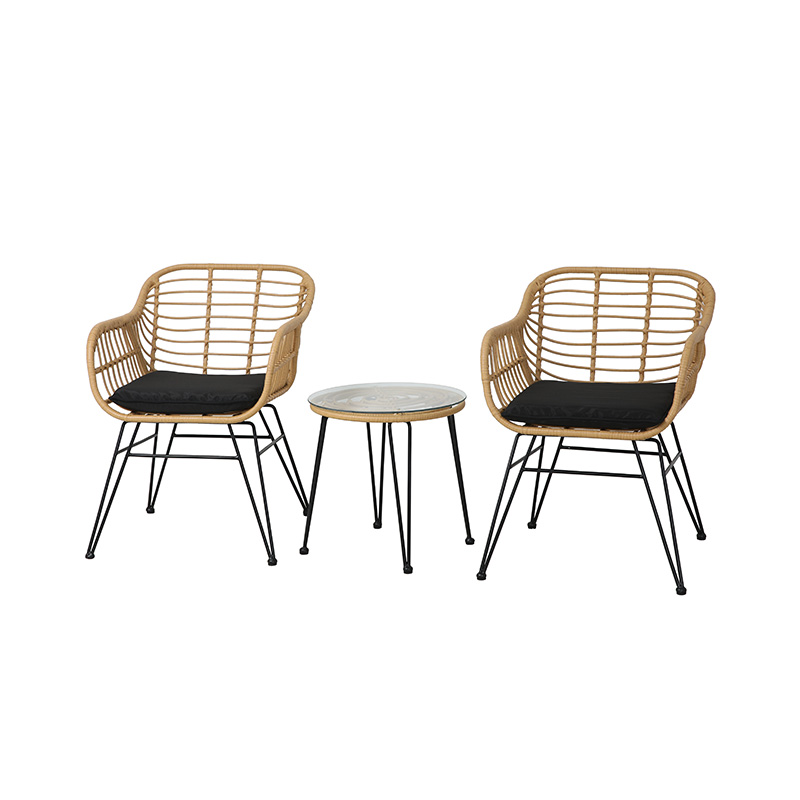

 Tel
Tel  Email
Email  ADDRESS
ADDRESS 














